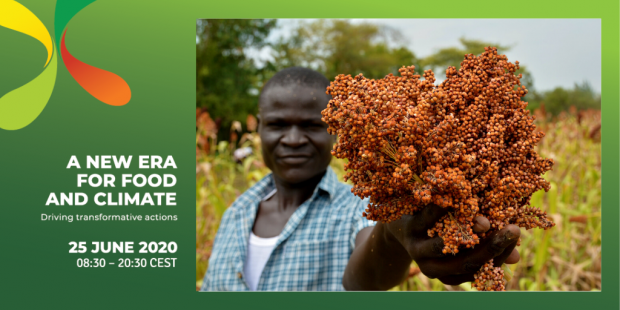
Our food systems are failing us. However, they are also complex and each is unique, which requires many different behavioral changes and interventions along the supply chain.
Our food systems are failing us, and a new report from the Transforming Food Systems Under a Changing Climate initiative (launching June 25th) argues that nothing short of a systemic transformation of food systems is required if we are to feed the world’s current and future population sustainably under climate change. Reducing post-harvest food loss and waste (FLW) is one of eleven essential actions this report identifies to achieve the United Nations’ Sustainable Development Goals (SDGs) focused on food security and the environment.
Reducing FLW also can significantly reduce greenhouse gas (GHG) emissions and other environmental impacts. Agriculture, forestry and other land uses emit around 12 Gt CO2-eq per year. Globally reducing FLW by half—from about 30 to 15%—of all food produced (in line with the SDGs, UN 2015) is expected to reduce GHG emissions by 0.7 to 2 Gt CO2-eq. The flagship report highlights actions for reducing FLW at large scales. Here we share recent research results and introduce a GHG calculator tool for FLW to help achieve large-scale impacts.
Read the rest of the article and learn more about the GHG calculator tool!
Photo: S. Kilungu (CCAFS)








